
Diagnosed with Late-Stage Stomach Cancer, I Realized Too Late: 3 Common Foods Left in the Fridge Were Silent Contributors

Forgotten leftovers in the back of your refrigerator may be quietly turning harmful without you even knowing.
Mr. Li, a 58-year-old man from China, began noticing occasional black stools last year. Since the symptoms weren't consistent, he didn't take them seriously. However, last month, his stools remained black for an entire week, prompting him to seek medical attention. The diagnosis was devastating: late-stage stomach cancer.
It was a shock. How could he have developed stomach cancer so suddenly—and in such an advanced stage? After reviewing his medical history and lifestyle habits, doctors concluded that the primary culprit was his long-term unhealthy eating patterns.
Mr. Li had always been frugal. He disliked wasting food and routinely stored leftovers in the fridge to eat later. He considered the refrigerator a “safe box” for food.
But that very habit may have played a major role in triggering his illness.
3 Common Foods Left Too Long in the Fridge That May Contribute to Cancer
1. Overnight Salad – A Breeding Ground for Bacteria
If food isn’t properly sterilized at high temperatures and is left for over 8 hours, nitrite levels can rise significantly. This is especially risky for cold dishes made with eggs or soy-based ingredients, as they provide a perfect environment for the rapid growth of Staphylococcus aureus bacteria.
To stay safe, cold dishes should be eaten immediately after preparation. Any leftovers should be discarded within 4 hours.
2. Repeatedly Thawed Meat – A Toxic Time Bomb
Every time frozen meat is thawed, bacterial levels can multiply exponentially. Studies have shown that meat thawed and frozen three times can contain aflatoxin levels up to 20 times higher than meat only thawed once.
The best practice? Divide meat into small portions before freezing and use each portion within 24 hours after thawing.
3. Moldy Fruit – A Hidden Cancer Risk
Many people think it’s safe to eat fruit by cutting away the moldy parts. In reality, the mold’s filaments often penetrate deep into the fruit—even if it appears fine on the outside. This is especially dangerous with fruits like apples and pears, which can harbor patulin, a mold toxin that is heat-resistant and cannot be eliminated through washing or cooking.
If you spot mold, it's best to discard the entire fruit.
How to Use Your Refrigerator Safely and Smartly
1. Separate Raw and Cooked Foods
Store cooked, ready-to-eat foods on the upper shelves and raw meat on the lower shelves. Always use sealed containers to avoid cross-contamination, and never rely solely on plastic bags.
2. Clean and Disinfect Regularly
Use 70% alcohol to clean rubber seals monthly. Defrost and clean your fridge thoroughly every three months. Don’t forget neglected areas like the egg tray and fruit drawers.
3. Maintain Proper Temperature Control
Your refrigerator should be kept below 4°C (39°F), and the freezer should remain below -18°C (0°F). Avoid overpacking—it’s important to leave at least one-third of the space empty to allow air to circulate properly.
Final Thought:
Health doesn't just depend on what we eat—but also how we store it. Don't let bad habits silently undermine your well-being. Pay attention to your refrigerator—it could either preserve your health or slowly compromise it.
News in the same category

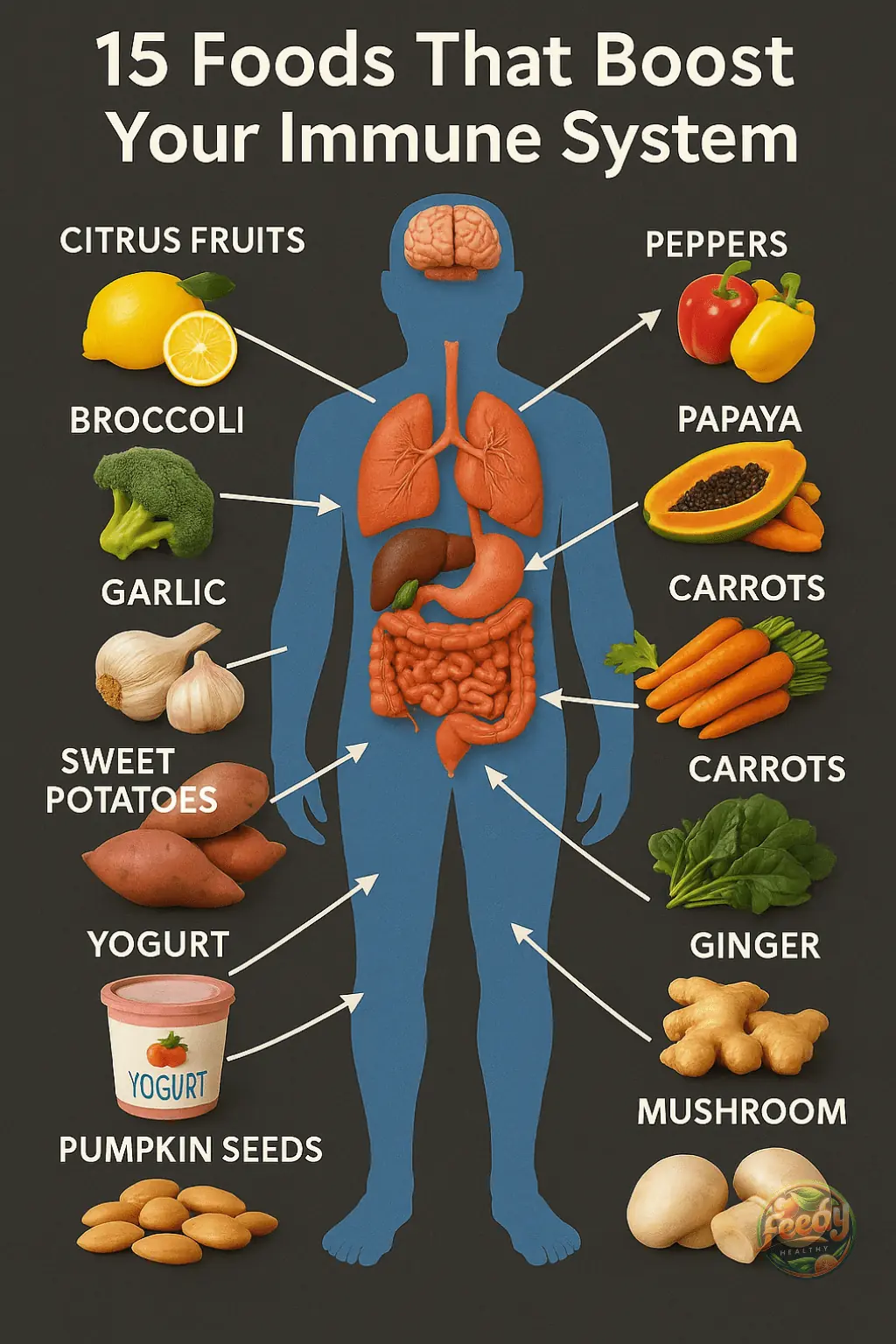
15 Immune-Boosting Foods You Should Add to Your Diet Today
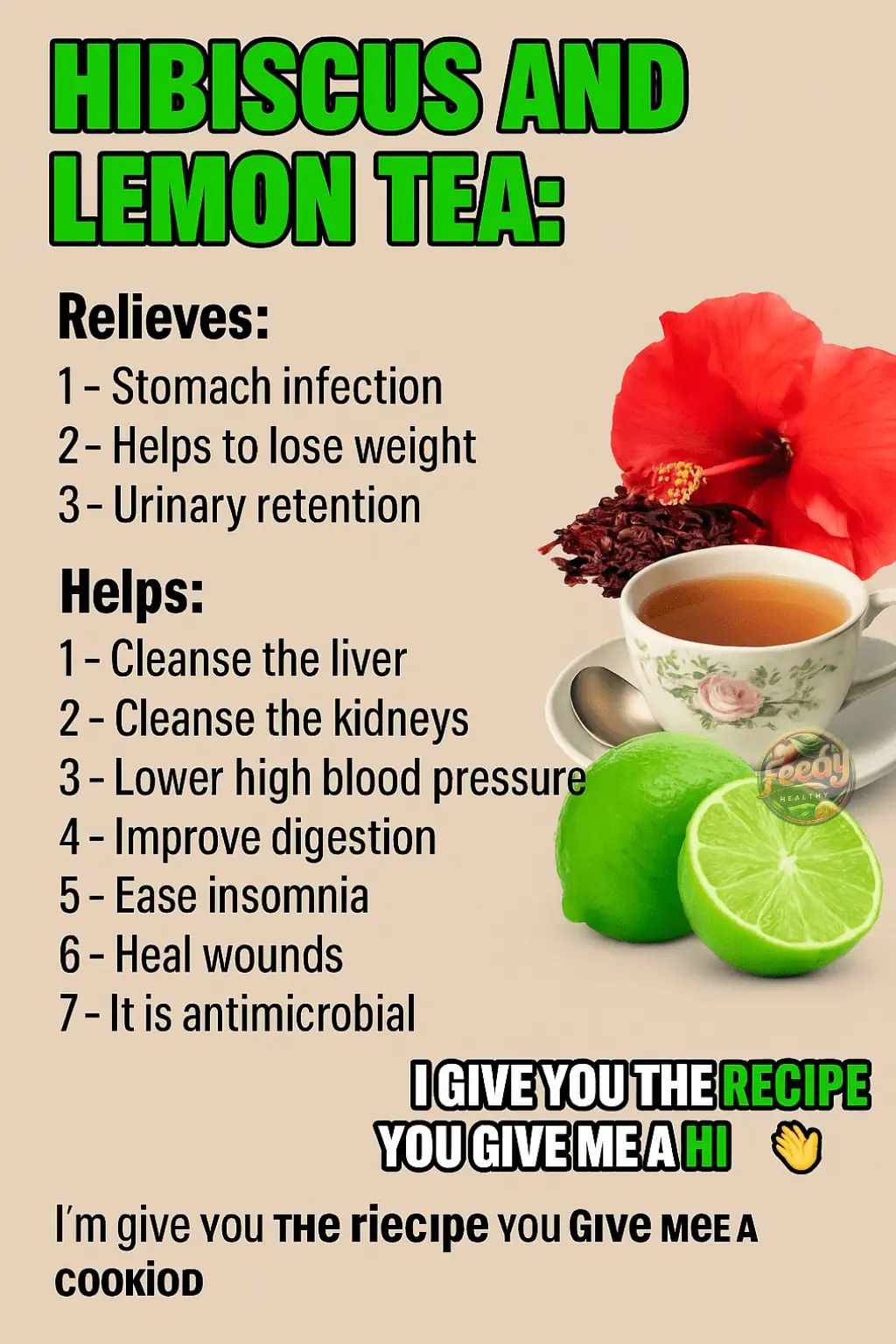
Hibiscus and Lemon Tea 🍋🌺
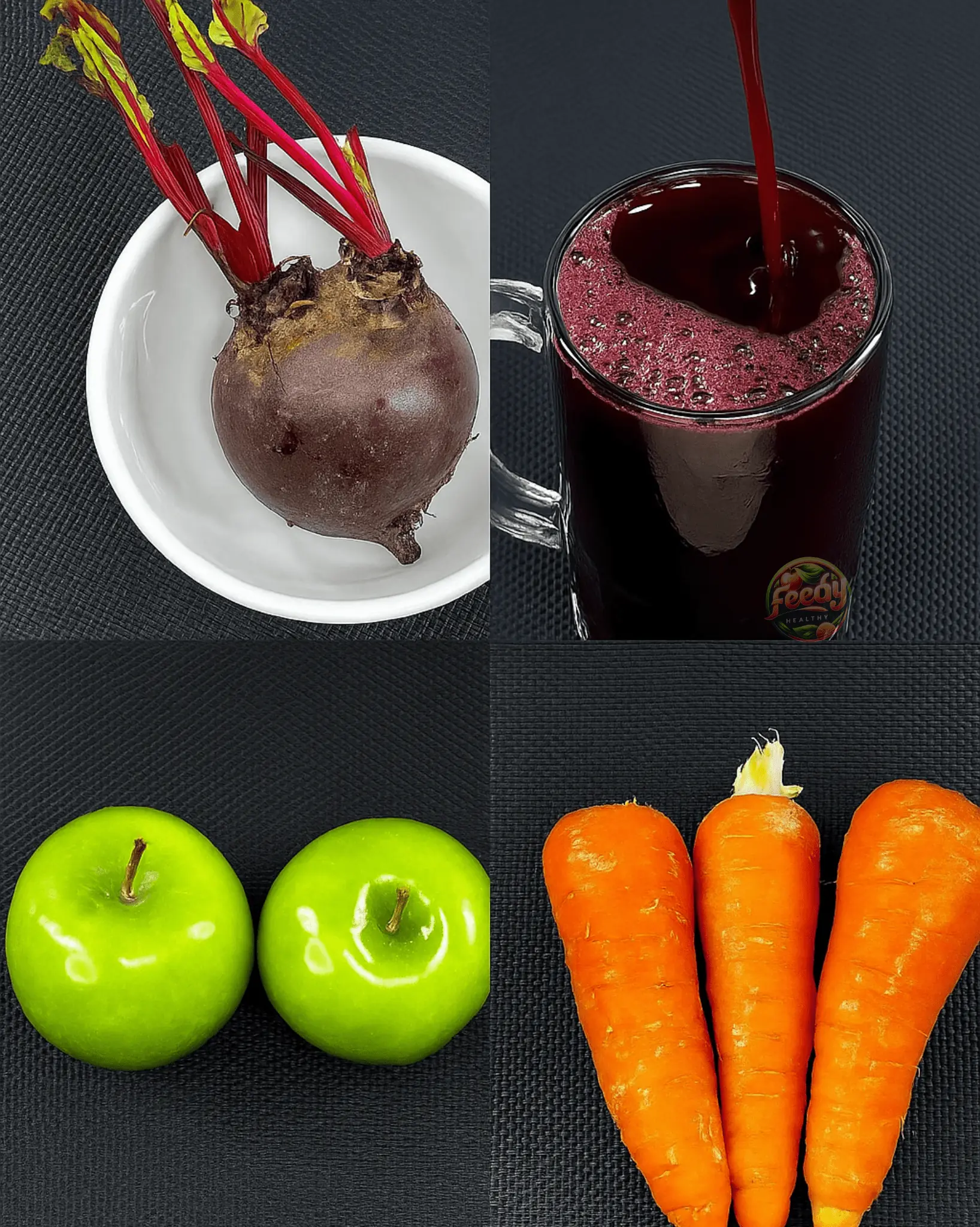
Don't Suffer Anymore — Eliminate Anemia, Restore Your Vision, and Cleanse Fatty Liver!
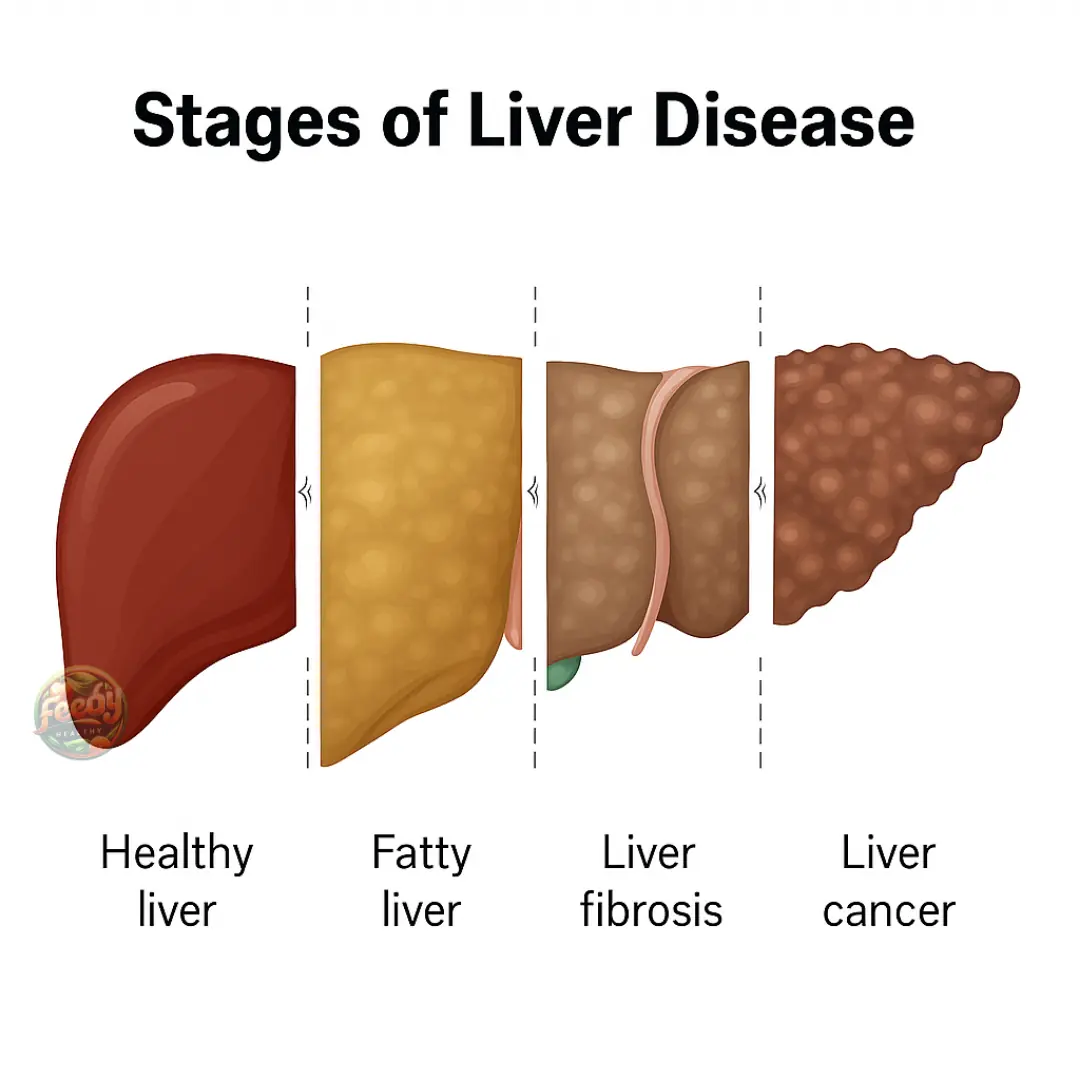
How Many Stages of Fatty Liver Are There? How to Effectively Control It

8 Abnormal Signs That May Signal Cervical Cancer – Every Woman Should Know Early

The Wonderful Magnesium and Its Health Benefits 👇🏼👇🏼

Discover the Healing Power of Four Medicinal Leaves
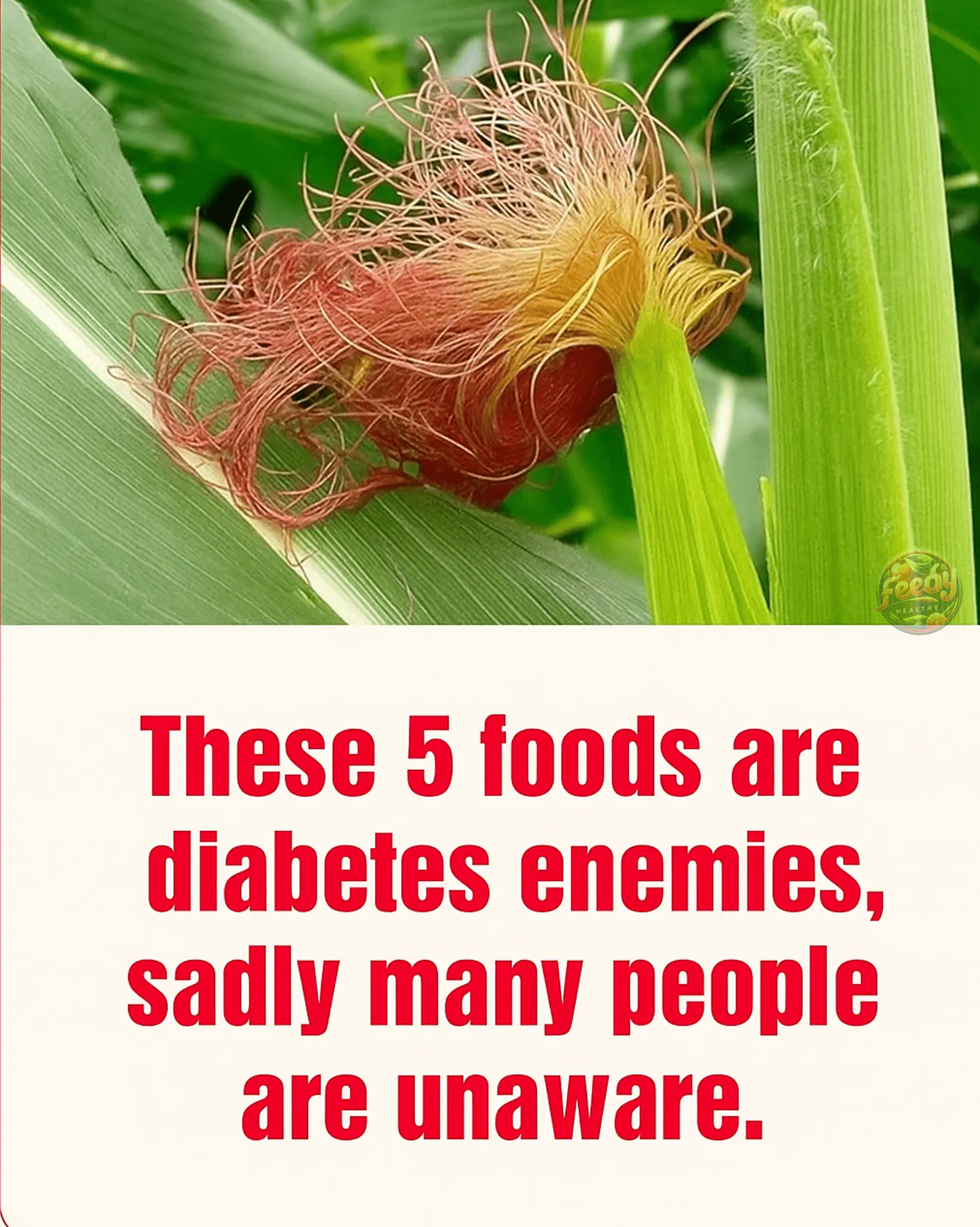
Everyone Fears Diabetes, but Diabetes "Fears" These 5 Foods

A 54-Year-Old Woman Discovered Thyroid Cancer from One Easily Overlooked Symptom

Doctors Won’t Like You Drinking This – It Naturally Reverses Diabetes, High Blood Pressure, and Poor Circulation Without Expensive Medications👇

A Cup of Hot Water a Day – A Simple Habit That Helps With 6 Common Health Issues

Woman Diagnosed with 7-Year Sinus Infection After Unusual Exposure to E. coli

RUE: THE PLANT THAT HEALS BODY AND SOUL

7 Early Warning Signs of Stomach Cancer You Should Never Ignore

42-Day Juice Therapy – Natural Cancer Support Discovered by Rudolf Breuss

5-Year-Old Girl Dies from Late-Stage Cancer — A Wake-Up Call for All Parents
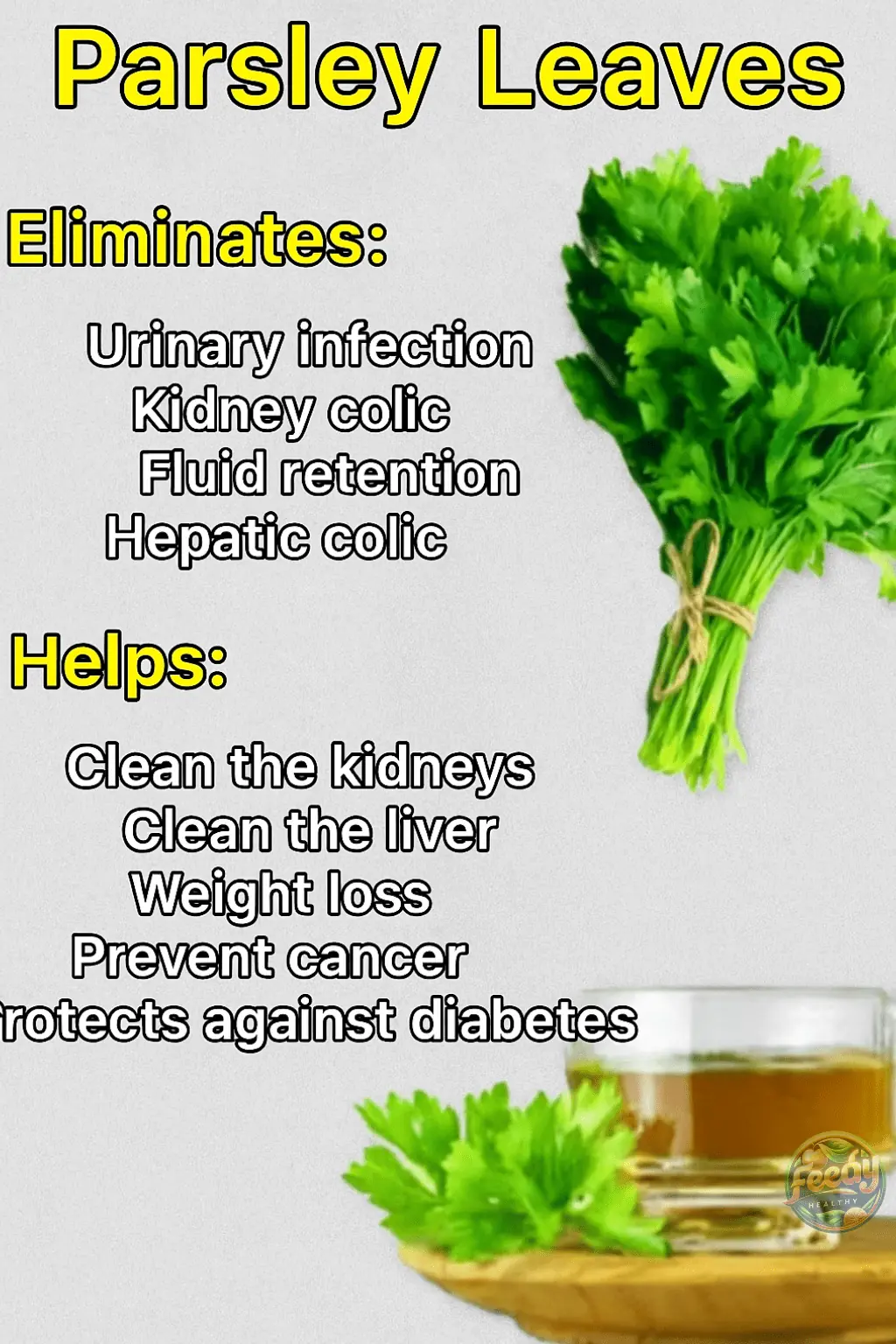
Parsley Leaf Tea

Why Non-Smokers Can Still Get Lung Cancer
News Post

Could Contaminated Peanut Butter Raise Liver Health Concerns? What You Should Know About Aflatoxins

15 Immune-Boosting Foods You Should Add to Your Diet Today

Unleashing Radiance and Youthfulness: The Amazing Combination of Lemon and Egg

Budget-Friendly Soap Hack: Make the Most Out of Your Bar of Soap!

Why Adding Toothpaste to Coffee is Not a Good Idea

Creamy Carrot-Banana Juice Recipe for a Healthy Boost!

Discover the Hidden Treasure in Banana Peels!

Benefits of Clove and Cardamom Tea for Your Body

Lemon and Parsley: A Simple 2-Ingredient Remedy for Weight Loss and Water Retention

How to Identify Plastic Rice in 6 Different Steps in 2025

Enjoy the Health Benefits of Homemade Guava Leaf Tea

Amazing!

Rejuvenating Hair Growth with Clove Oil at 75

1 capsule of vitamin E a day can do this for you 💊

The Powerful Duo: Garlic and Ginger for Long-Term Health and Wellness

Unlock the Magic of Ginger for Vibrant Skin

Hibiscus and Lemon Tea 🍋🌺

Don't Suffer Anymore — Eliminate Anemia, Restore Your Vision, and Cleanse Fatty Liver!
